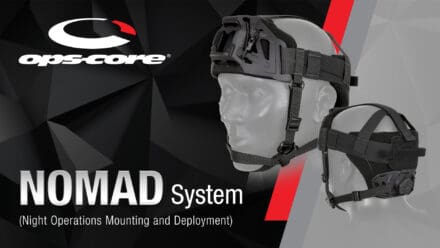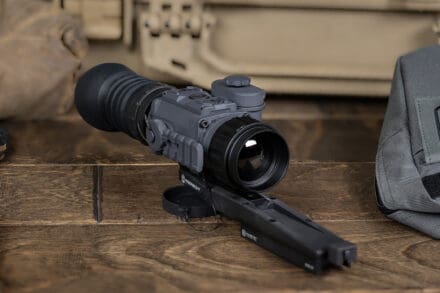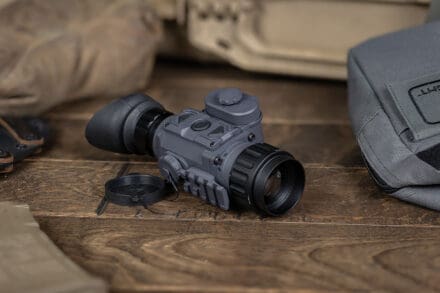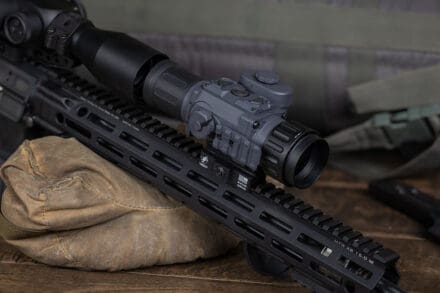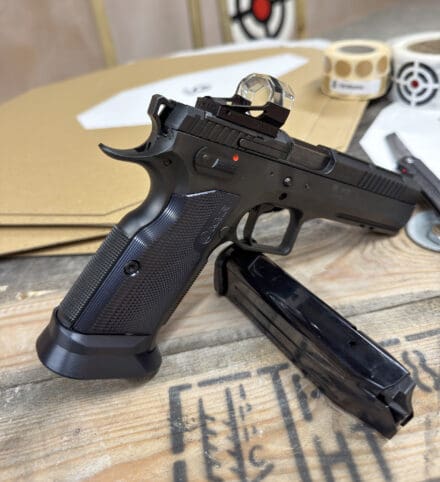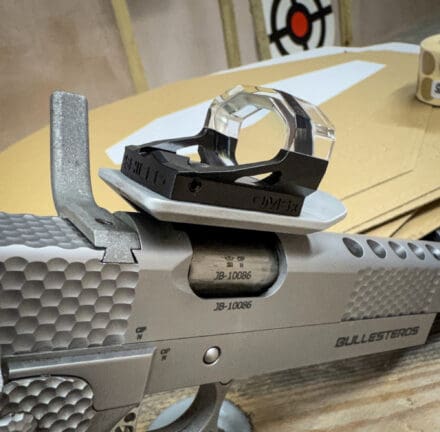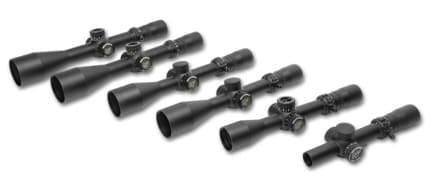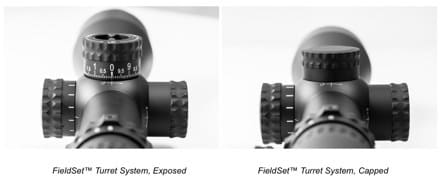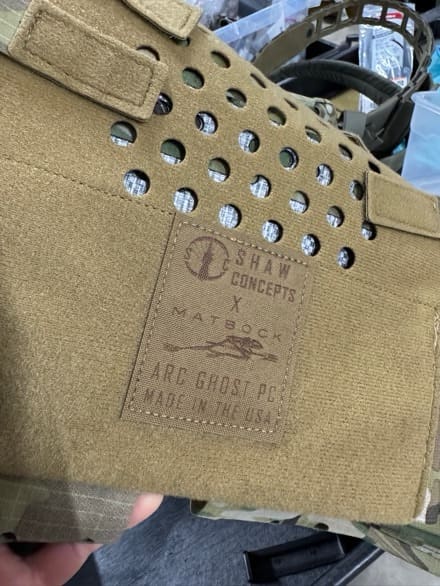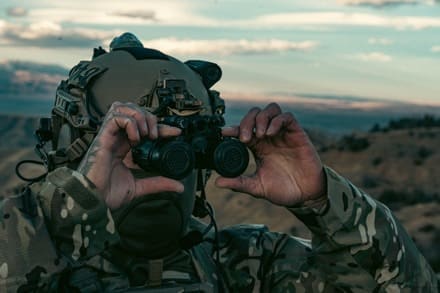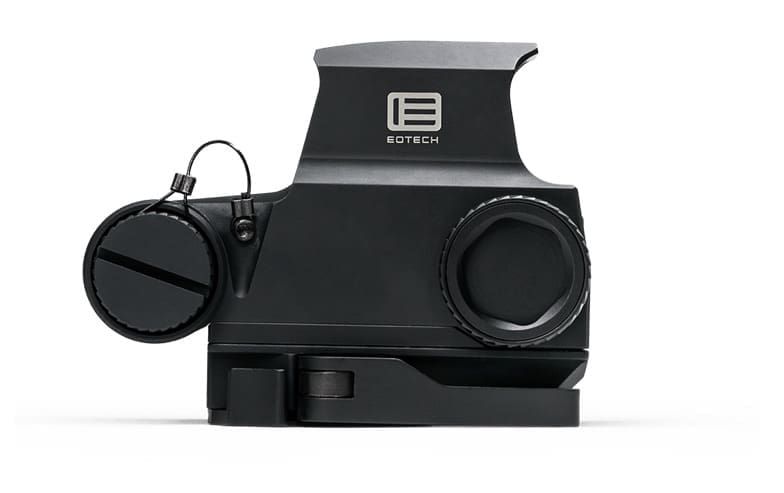
Plymouth, MI (January 2026) – When something is ultra-tough and can withstand even the harshest conditions, you must ask yourself “Why would I want to make this even tougher?” The answer is because you can. For over 30 years, EOTECH has been manufacturing durable, dependable Holographic Weapon Sights for use in law enforcement, military, competition, hunting and recreational use. It has become the go-to 1X optic you can count on. HWS optics were designed to include a ruggedized aluminum hood that wraps around the housing of the sight to provide extreme strength and durability. Until now.
New for 2026, EOTECH introduces the EXPS3 HD, featuring an all-aluminum housing. This Heavy-Duty model allows EOTECH to eliminate the aluminum hood and provide users with an enhanced field-of-view and better situational awareness.
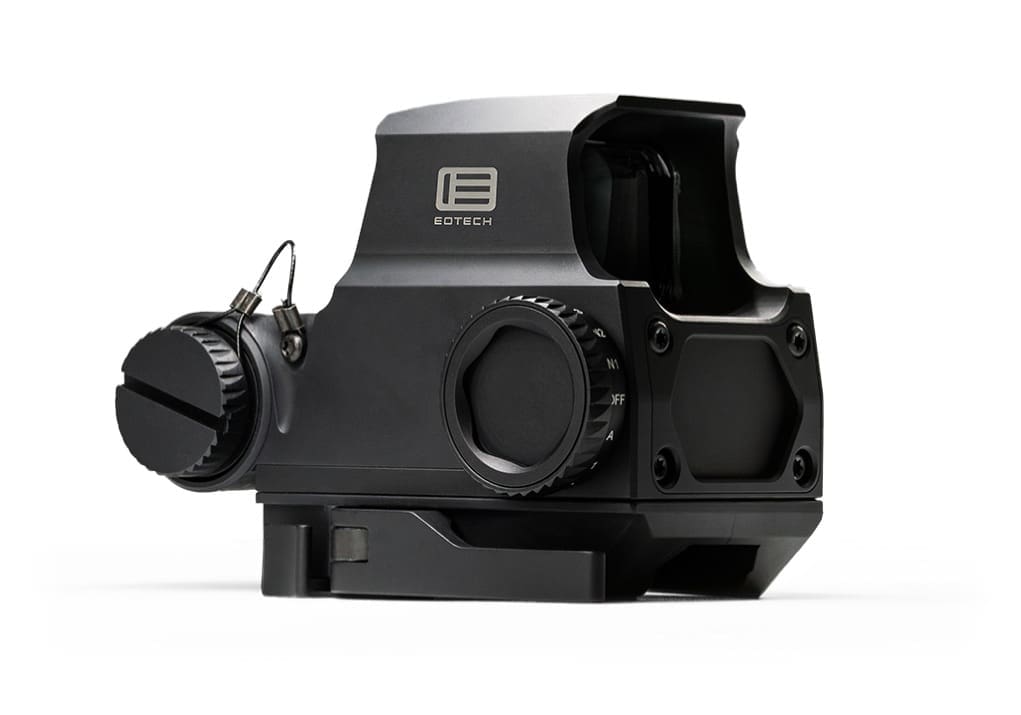
The EXPS3 HD includes a few new features never offered in an HWS. First, the rubberized buttons that manipulate reticle brightness and NV settings, has been replaced with an easy-to-use rotary dial. This dial offers 7 daylight and 4 night-vision brightness settings as well as an OFF position. In addition, the dial offers an Auto-Brightness setting that automatically adjusts to surrounding light conditions, removing the need for manual adjustments. Lastly, the rotarydial allows EOTECH to incorporate Shake-Awake technologythat puts the optic in sleep mode after a period of inactivity. This programmable sleep mode can be set to 10 minutes, 1-hour, 12-hours, or disabled completely. This feature works in all daytime, NV, and auto-bright settings and preserves battery life, while powering the optic on with only the slightest movement.
The EXPS3 HD weighs the same as the legacy EXPS (11.2 oz) and is powered by a single, CR123 lithium battery. Integrated into the housing is a locking, adjustable quick-detach base that allows for immediate removal or attachment. The trusty 68MOA ring and 1MOA aiming dotprovides uncompromising speed to target and accuracy. Both waterproof and fogproof, this battle-tested sight works even if the sight window breaks or becomes partially obstructed.
The HD model is ideal for close to medium distance engagements. With its rugged metal construction and its ability to withstand extreme levels of recoil, it can be used with virtually any firearm and caliber. The Heavy Duty EXPS3from EOTECH. The tough just got tougher.
EOTECH EXPS3 HD Specifications:
L x W x H: 3.8″ x 2.3″ x 2.6″ (96.5 x 58.4 x 65 mm)
Weight: 11.2 oz (317.5 g)
Water Resistant: 33ft (10m) depth
Mount: 1″ Weaver or MIL-STD-1913 rail
Zero Adjustments: 0.5 MOA per click
Brightness:
7 daylight settings
4 NV settings (night vision compatible model)
1 Auto-Brightness
Power Source: 1 x CR123 battery
Battery Life: 1,000 continuous hours at nominal setting 4 at room temperature
Country of Origin: Made in the USA
MSRP: $999 (EXPS3HD-0)
For more information, please visit www.eotechinc.com.



